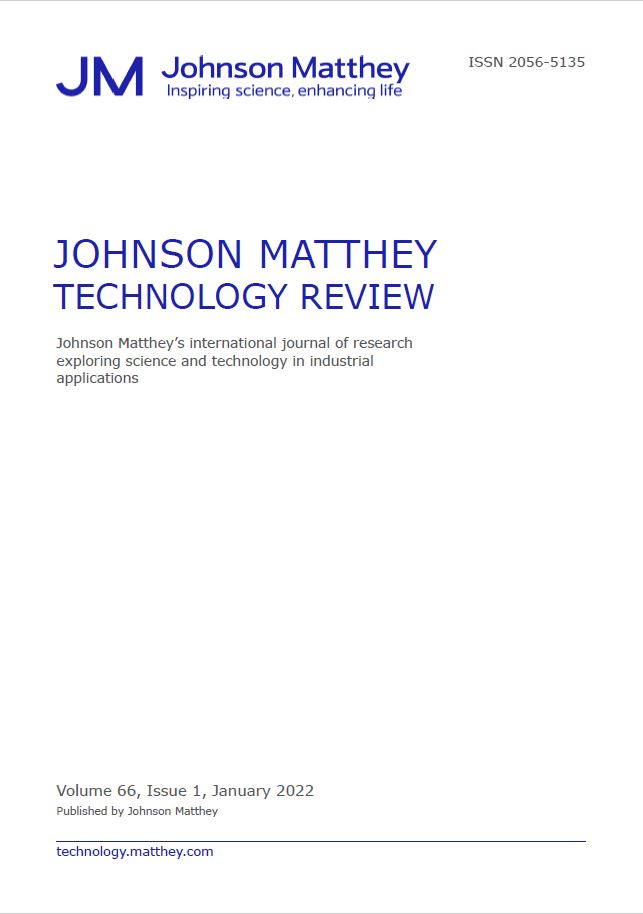-
oa Screening of Bioactive Compounds for Biomedical and Industrial Uses from Actinobacteria Isolated from the Parsık Cave, Turkey
Identifying novel compounds from extreme environments
- Source: Johnson Matthey Technology Review, Volume 67, Issue 2, Apr 2023, p. 159 - 170
-
- 03 Jan 2022
- 24 Mar 2022
- 25 Mar 2022
Abstract
The need to avoid health issues and pollution of the environment from the use of chemicals and synthetic materials inspires scientists to search for new biological compounds beneficial to human beings. Caves, being extreme environments, might be potential sources of these compounds. Actinobacteria, one of the main groups that colonise these environments, are known to generate natural bioactive compounds. To investigate the potential uses of Parsık Cave Actinobacteria, identification of this group of isolates and the investigation of their secreted biological compounds constituted the principal aim of the present study. The identification was achieved by sequencing 16S rRNA genes of 41 selected bacteria of which 28 species were identified as Actinobacteria. Microbacterium (21%) and Pseudarthrobacter (14%) were the most identified Actinobacteria genera. Antimicrobial effects of the isolates P1 and P16 were observed against standard microorganisms like Candida albicans. The gas chromatography-mass spectrometry (GC-MS) analysis of their broth showed compounds with known antimicrobial, antioxidant or anticancer properties as well as unknown compounds. Polyketide synthase (PKS) and non-ribosomal peptide synthases (NRPS) respectively were amplified in 32.1% and 53.5% of the identified Actinobacteria while 25% were found to have both NRPS and PKS amplified. Amylase, gelatinase, cellulase, deoxyribonuclease (DNase), urease and casein hydrolysing activities were observed in the identified Actinobacteria. These results show that Actinobacteria from Parsık Cave might be good sources of industrial and biotechnological compounds. Furthermore, discovery of new bioactive compounds from these bacteria is promising due to the many unknown compounds observed in the GC-MS analysis and the high percentage of NRPS and PKS gene amplification.


